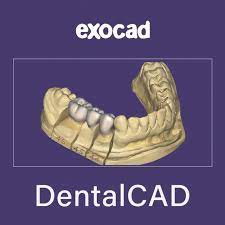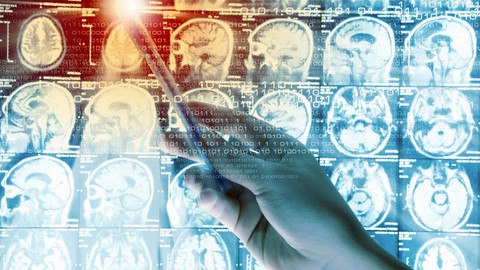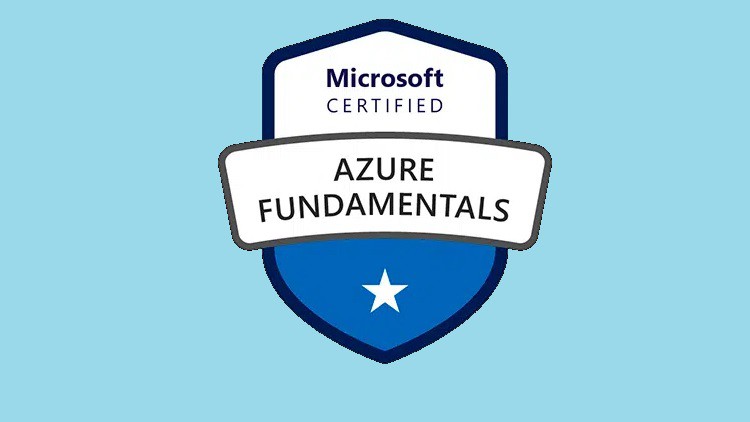Description
Introduction
This course is designed to help dental professionals get started with Exocad, a leading dental CAD (Computer-Aided Design) software used for designing dental restorations, implants, and prosthetics. Exocad provides an intuitive platform for creating highly precise dental models and facilitates the digital workflow in dental practices and labs. Participants will learn how to navigate the software, create dental restorations, and integrate it into their daily workflows for improved accuracy, efficiency, and patient outcomes.
Prerequisites of Exocad for Dental Professionals
Before starting this course, participants should have:
- Basic knowledge of dental terminology and procedures.
- Familiarity with the fundamentals of CAD/CAM technology in dentistry.
- Access to a computer with Exocad installed (for hands-on practice).
- No prior experience with Exocad is required, but prior CAD software experience may be beneficial.
Table of Contents
- Introduction to Exocad
1.1 Overview of Exocad and Its Role in Digital Dentistry
1.2 Key Features and Benefits of Exocad(Ref: Designing Removable Dentures with Exocad)
1.3 Understanding the Digital Workflow in Dentistry
1.4 Exocad’s Applications for Dental Professionals - Getting Started with the Exocad Interface
2.1 Navigating the Exocad User Interface
2.2 Setting Up Preferences and Initial Configuration
2.3 Working with Workspaces and Toolbars
2.4 Using Exocad Help and Support Resources - Creating Basic Dental Restorations
3.1 Designing Crowns and Bridges
3.2 Working with Tooth Preparation and Margin Lines
3.3 Designing Inlays, Onlays, and Veneers
3.4 Creating Temporary Restorations - Advanced Design Techniques in Exocad
4.1 Implant Planning and Restoration Design
4.2 Designing Full-Arch Restorations and Prosthetics
4.3 Managing the Digital Model for Custom Restorations
4.4 Using Advanced Tools for Aesthetic Customization - Integration with Dental Scanners and CAD/CAM Systems
5.1 Scanning Techniques and Importing Scans into Exocad
5.2 Working with 3D Scans and STL Files
5.3 Integrating Exocad with Milling and Printing Technologies
5.4 Best Practices for Handling Scans and Designs - Editing and Refining Designs of Exocad for Dental Professionals
6.1 Modifying and Adjusting Restorations
6.2 Adding Custom Features and Details to Restorations
6.3 Handling Anatomical Variations and Adjustments
6.4 Finalizing Designs for Milling or 3D Printing - Exporting and Sending Designs for Production
7.1 Exporting Files in Various Formats (STL, PLY, etc.)
7.2 Sending Designs to Milling Machines and 3D Printers
7.3 Verifying Designs Before Production
7.4 Quality Control and Troubleshooting - Review and Summary
8.1 Key Takeaways from the Course
8.2 Real-World Applications of Exocad in Dental Practices
8.3 Next Steps for Mastering Exocad in Professional Practice
Conclusion
Upon completion of this course, participants will be equipped to use Exocad for designing high-quality dental restorations, implants, and prosthetics. They will have the skills to navigate the software, create detailed dental models, and integrate digital workflows into their practices. By mastering these techniques, dental professionals can enhance the accuracy, efficiency, and quality of their patient care, while also keeping up with advancements in digital dentistry.







Reviews
There are no reviews yet.